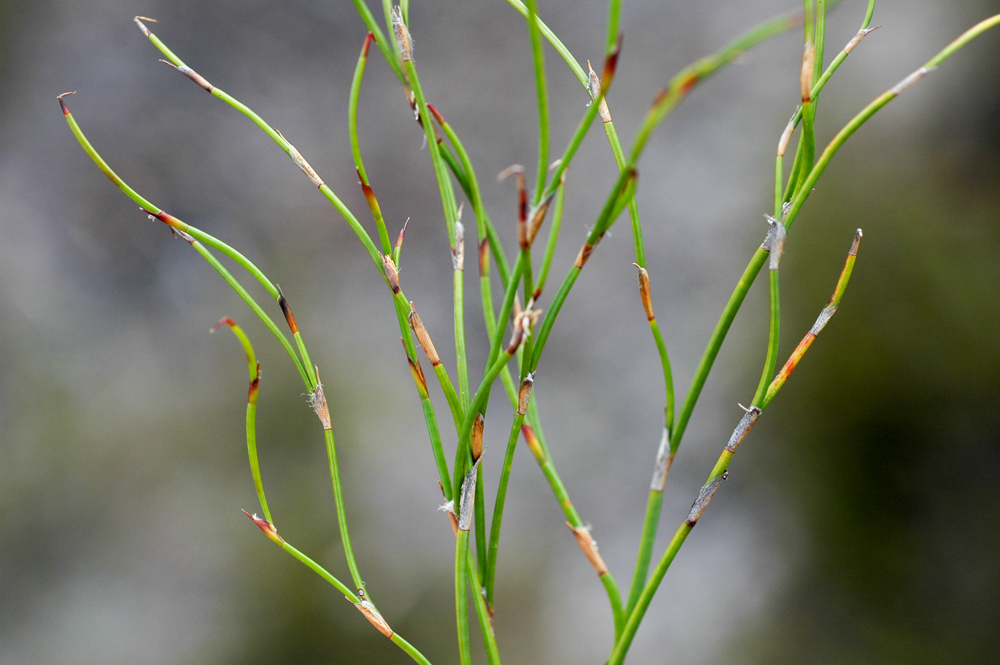Empodisma Minus on:
[Wikipedia]
[Google]
[Amazon]
''Empodisma minus'', commonly known as (lesser) wire rush or spreading rope-rush, is a perennial evergreen belonging to the southern-hemisphere family of monocotyledons called the Restionaceae. The Latin name ''Empodisma minus'' translates to “tangle-foot” “small”. ''E. minus'' is found from


Queensland
)
, nickname = Sunshine State
, image_map = Queensland in Australia.svg
, map_caption = Location of Queensland in Australia
, subdivision_type = Country
, subdivision_name = Australia
, established_title = Before federation
, establishe ...
to South Australia
South Australia (commonly abbreviated as SA) is a state in the southern central part of Australia. It covers some of the most arid parts of the country. With a total land area of , it is the fourth-largest of Australia's states and territories ...
, Tasmania
)
, nickname =
, image_map = Tasmania in Australia.svg
, map_caption = Location of Tasmania in AustraliaCoordinates:
, subdivision_type = Country
, subdi ...
and throughout New Zealand
New Zealand ( mi, Aotearoa ) is an island country in the southwestern Pacific Ocean. It consists of two main landmasses—the North Island () and the South Island ()—and over 700 smaller islands. It is the sixth-largest island count ...
south of 38 ° latitude, or the central north island. Its current conservation status is “Least concerned”. In 2012 the new species '' Empodisma robustum'' was described in New Zealand, with what was previously described as ''E. minus'' from the lowland raised bogs of Waikato and Northland now being re-classified as ''E. robustum''. ''E. minus'' remains an important peatformer in the south of New Zealand and in high altitude peatlands.
Description
The stems are 15–200 cm long, numerously branched, semi-terete and dark green to dark brown in colour. The stem keeps upright when short, yet becomes procumbent when tall. The stem has 5.5–12 mm long sheaths that seemingly divide it to multiple segments. The sheaths are reduced leaves which keep close to the stem and have whitish axillary hairs. Spikelets, the primary inflorescence of the grass, are usually solitary and sessile in males and females, however, axillary in the males but in the upper axils in the females. The fruit of ''E. minus'' is a hard oval nut, sessile and approximately 2 mm long. The plant has a robust rhizome with a diameter of about 8 mm and numerous roots that ascend horizontally. ''E. minus'' flowers from August until December, the flowers are yellow in colour. Fruit appears from November up to March.
Distribution and habitat
''Empodisma minus'' is found most densely in the South-Eastern parts of Australia, also in Tasmania and only absent from Western Australia and the Northern Territory. The species is also present in New-Zealand. In both regions it grows from coastal to alpine areas, preferring fens, bogs, heaths, swamps and stream margins.
Ecology
The Restionaceae, which includes the family ''Empodisma'', withstands nutrient poor soils and seasonal drought. ''E. minus'' can also experience occasional fires which can be detrimental, yet the plant is able to resprout, although slowly. In New Zealand, the species commonly grows in a thick carpet together with, for example, ''Leptospermum scoparium
''Leptospermum scoparium'', commonly called mānuka, () mānuka myrtle, New Zealand teatree, broom tea-tree, or just tea tree, is a species of flowering plant in the myrtle family (biology), family Myrtaceae, native plant, native to New Zealan ...
'' (heath shrub), '' Baumea teretifolia'' (sedge), '' Gleichenia dicarpa'' and '' Gleichenia microphylla'' (ferns) and '' Sphagnum cristatum'' (moss). ''Empodisma minus'' has been classified as the dominant species in the ombrotrophic mires of New Zealand, mainly due to its high peat-forming ability and could even be called an ecosystem engineer for fen-to-bog transitions.
In Australia, ''Empodisma minus'' is associated with '' Richea continentis'' and '' Baeckea gunniana'' (shrubs), ''Gleichenia alpina
''Gleichenia alpina'', commonly known as alpine coral-fern, is a small fern species that occurs in Tasmania and New Zealand. It grows in alpine and subalpine areas with moist soils and is a part of the Gleichrniaceae family.
The species was fir ...
'' (fern), '' Sphagnum cristatum'' (moss) and '' Astelia alpina'' (monocotyledonous herb). The dry seasons contribute to decomposition and limited peat formation, whereas the wet seasons boost the plant’s root growth and peat accumulation.
''Empodisma minus'' is also the host plant for the larvae of the endemic New Zealand species of moth '' Aponotoreas synclinalis''.
References
{{Taxonbar, from=Q5374387 Flora of New South Wales Flora of Tasmania Flora of Queensland Flora of New Zealand Pakihi